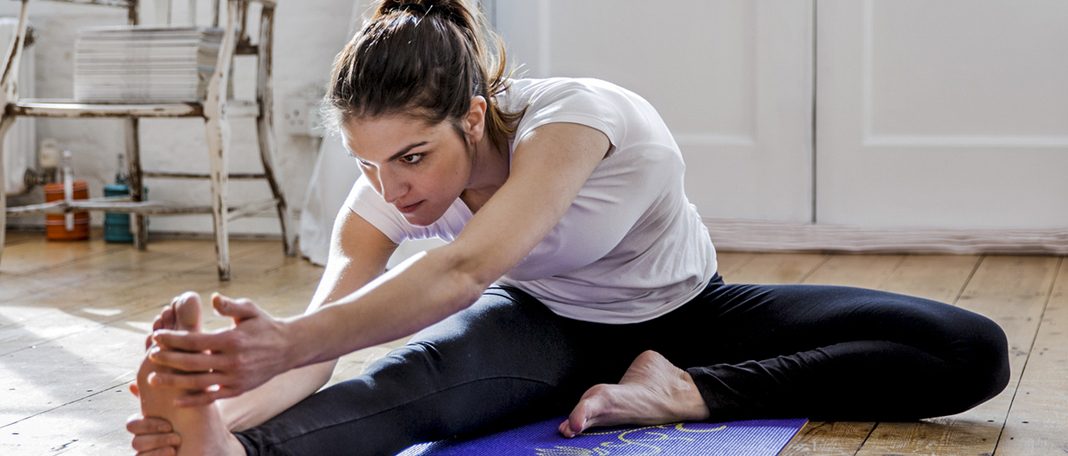Stretching includes gentle movement of the soft tissues. You can increase the range of motion in your joints and the flexibility of your muscles through this exercise. Stretching makes the body more flexible, which improves our ability to move and reduces the risk of injury. Continue reading to know about stretching and the benefits of stretching.
Benefits of Stretching
- Makes you more flexible
- Improves posture
- Expands the range of motion
- Enhances athletic strength
- Promotes the flow of blood to the muscles
- Relaxes the muscles
- Lessens the risk of back discomfort
- Avoid injuries when working out
- Great for relieving stress
- Relaxes the mind
Types of stretching
Dynamic stretching
Dynamic stretchings are warm-up exercises that should be done before doing intense workouts. The goal is to loosen up your muscles and body in preparation for vigorous workout. The finest example of beginner’s stretching is a knee stretch before a run.
Static stretching
Although this kind of stretching can be done at any time, it should never be done right after eating. The duration of this kind of stretching ranges from 20 to 60 seconds. This is typically done following an intense workout, a lengthy bike ride, or any other activity. Backbends and side bends are two examples of this kind of stretching. Your muscles will be more relaxed, improving your posture.
Passive stretching
This kind of stretching involves applying pressure to your body from an outside force, such as a band or a person, in order to help you stretch. It strengthens range of motion, mobility, and muscle development while also promoting muscle growth.
Ballistic stretching
This is a common stretching method that is typically used by athletes like football or basketball players, dancers, and martial artists. Your muscles’ natural range of motion is surpassed by ballistic stretching. By requiring more force, this intense activity stretches the muscles and tendons over a greater range of motion.
About Myths, Facts, and Beginner’s Stretches
- There is a misconception that stretching is a painful exercise. This is untrue in every way. Stretching is not a painful process, and if it is, your body is signaling you to stop stretching. Although stretching could feel uncomfortable, it should never be painful.
- Muscle growth cannot be induced by stretching. It might help to strengthen and flex your muscles. For instance, it could be tough for you to touch your toes without bending your knees, but with enough training, you will ultimately be able to accomplish it without any difficulty. Stretching also benefits from this exact principle. You will ultimately notice an improvement in mobility after practicing stretching for a while.
- For beginners, stretching should be introduced gradually and performed slowly. The golden rule for stretching is to begin with the fewest possible stretches for the shortest span of time each day. Never stretch vigorously right away because it could cause muscle cramps. Always set aside a certain time for stretching, such as right after waking up or prior to hitting the gym. Stretching exercises for beginners include the quadriceps, hamstrings, inner thighs, lats, traps, and spine stretches, which can be performed either standing or sitting.
Hope this blog on the importance of stretching is informative and helpful.


















